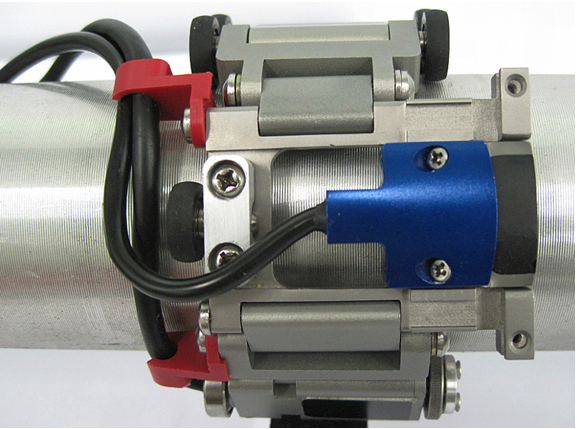Radiography and ultrasound are the commendatory nondestructive testing (NDT) techniques that can volumetrically inspect welds and components for various defects like porosity, lack of fusion, cracks etc.
Choosing the right option often depends on external process decisions or small distinctions in the detection capability for a particular test. However, Ultrasound has progressed as a replacement for Radiography, not just in practice but also in the codes of major organizations like API (American Petroleum Institute) and ASME (American Society of Mechanical Engineers).
PA is often incorporated with time-of-flight diffraction (TOFD) while the inspectors use acquisition units and scanners that can accommodate both the methods simultaneously.
Here are the Typical Advantages of Ultrasound in comparison with Radiography:
- Accurate sizing of defect height and less number of rejects or repair while using Engineering Critical Assessment:
- Ultrasound permits defect height measurement, enabling volumetric consideration of flaw severity.
- High chances of detection (POD), especially for cracks and lack of fusion:
- In most studies, Ultrasound tends to detect planar flaws better than radiography.
- Does not cause hazard, does not emit radiation, and does not require additional licensing or personnel.
- Does not generate any waste material or chemical (as opposed to film-based radiography).
- Work in proximity to ultrasonic testing can continue uninterrupted. Does not require screened-off areas.
- Setup and inspection reports are in electronic format (as opposed to film format in radiography).
- Real-time ultrasonic analysis of welds can provide instant assessment and feedback to a welder.
Here are the Requirements for Typical Ultrasonic Equipment and Inspection
- A scan plan with a procedure documenting the inspection strategy and necessary parameters. Example: Parameters that are set up with the use of NDT SetupBuilder software.
- An acquisition unit with position-encoding ability and full, raw A-scan data retention.
Example: An OmniScan flaw detector or FOCUS PX instrument.
- An industrial scanner (with position encoder) to repeatedly scan a weld or component semi-automatically or automatically:
- The choice of scanner model is based on the number of pipe diameter, welds, and other application variables.
- Deliverable data:
- The analysis is directly executed on the acquisition unit or by the use of post-analysis with TomoView™, FocusPC PC software or OmniPC.
- Alternative acceptance criteria, as required.
- Probes, wedges, couplant delivery equipment, and other accessories.
- Proper training and certification of personnel.
- Demonstrated performance of equipment, procedure, operator, and inspection process.
Conclusion
Replacing radiography with ultrasound has become a code-approved practice as well as an industry trend. The phased array equipment is convenient to use, economical, compact and associated software are accelerating the use of ultrasound. The prime reasons for this continuing trend includes improved safety of operators and others in surrounding areas, savings in process cost and time and the use of alternative acceptance criteria. The expanded use of ultrasound has led to a decrease in part rejection and repairs.
About IRC Engineering Pvt. Ltd.
IRC is one of the fastest growing Testing and Inspection company in India. We at IRC provide Non-Destructive Testing, Destructive Testing, Advanced NDT, Third Party Inspection, Condenser Testing, Electrical Testing, Residual Life Assessment of Power Plant, O&M Services, Fitness For Service, Civil Testing and Training services.
 IRC Engineering Services
IRC Engineering Services

